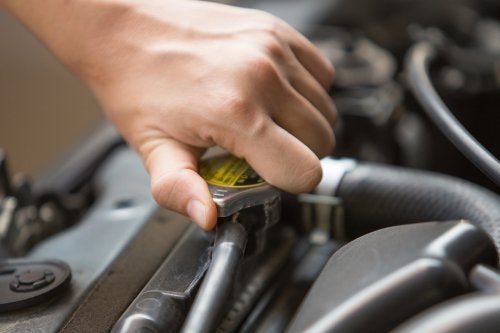In order for your vehicle to continue to run safely and efficiently, it’s essential that the fuel that flows into the engine is properly pressurized. If your fuel pressure is lower than it should be, this will likely result in substandard performance. If you don’t have the pressure adjusted, it can even lead to damage to your engine. In order to avoid the need for engine repair at a Sacramento auto shop, it’s smart for every car owner to take the time to learn how to check fuel pressure—and when to do it.
What causes low fuel pressure? Low fuel pressure in your vehicle can be due to a number of causes. If you have a clogged filter, a defective or damaged fuel pump, or a malfunctioning regulator, it can result in inadequate fuel pressure. Whatever the cause is, however, it’s essential that you find out about your low fuel pressure right away.
When should fuel pressure be checked? As a rule, your fuel pressure should be checked every time you have a professional inspection. You should also check your fuel pressure any time that you observe any of the symptoms of a potential problem. Some common warning signs of a fuel pressure issue include unusually high fuel pressure, backfiring, and difficulty driving uphill. If you’re getting poor mileage, that may also be a sign that you have a fuel pressure issue.
How do you check your fuel pressure? Checking your fuel pressure is a quick and simple task. First, you’ll need to purchase a fuel pressure gauge. Be sure to have your vehicle owner’s manual on hand. Then, find the fuel pump test point on your vehicle and attach the gauge. Then, ask somebody else to start the engine while you look at the gauge. The gauge should come up to the appropriate reading for your vehicle, which you can find in your owner’s manual. If it doesn’t, then your fuel pressure isn’t at the right level.


